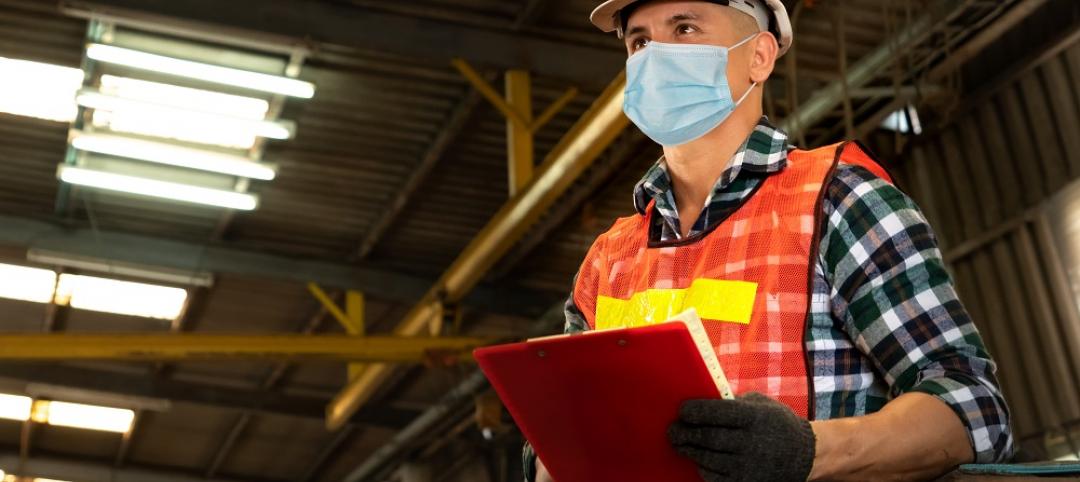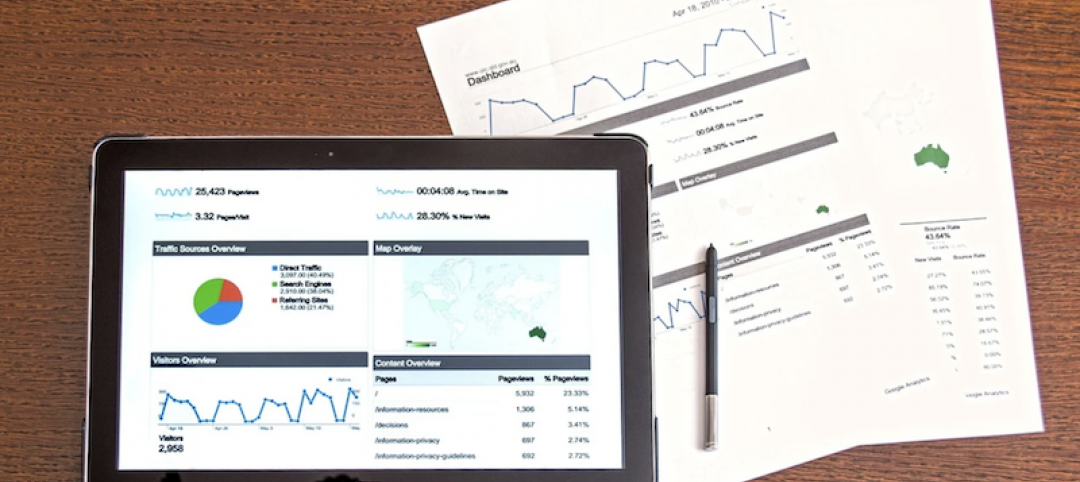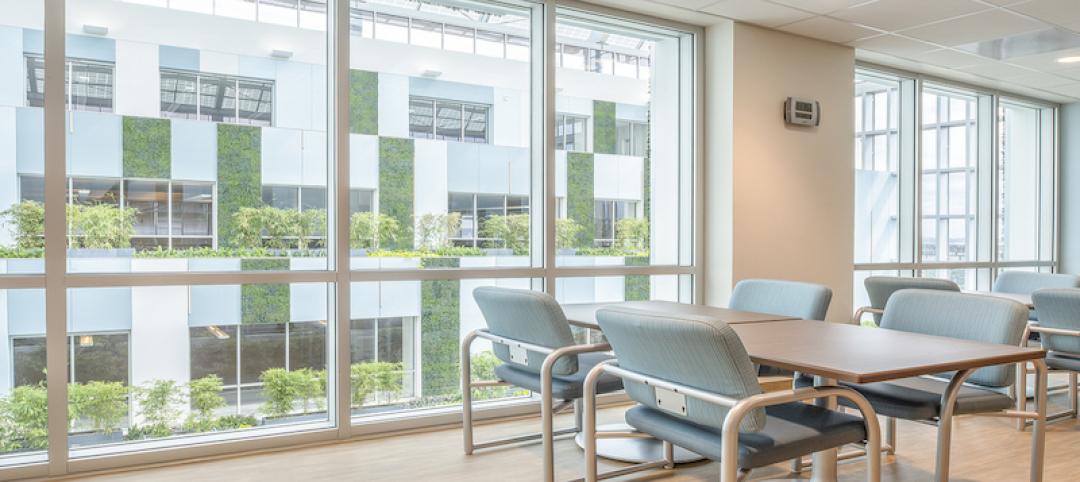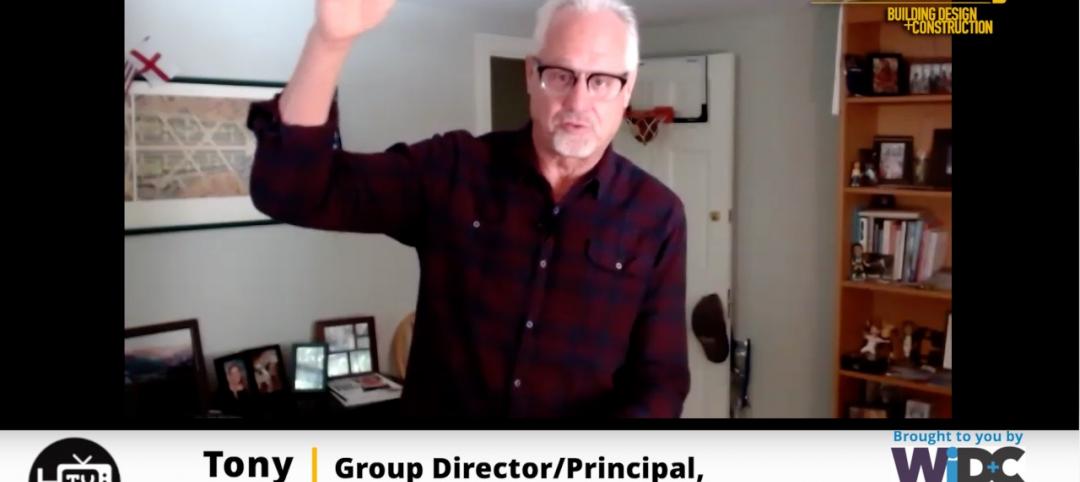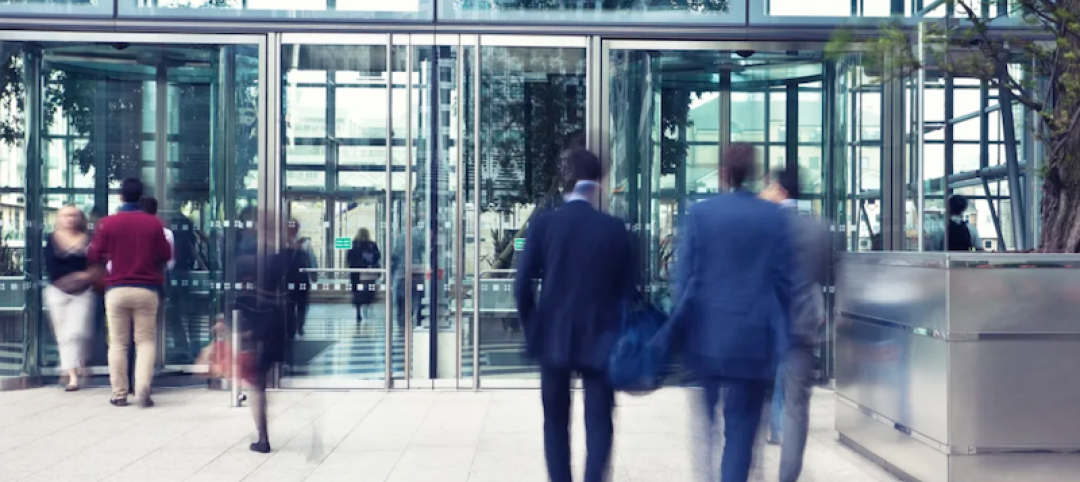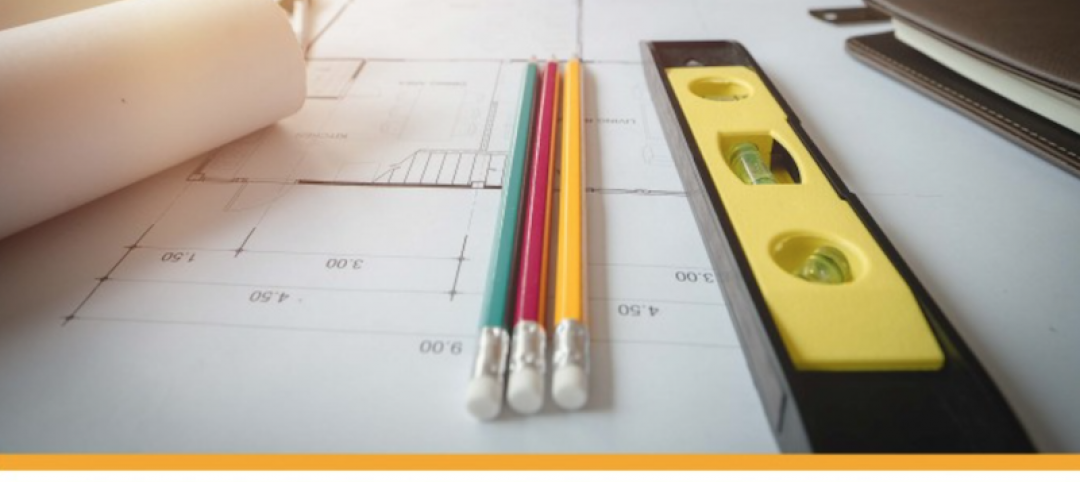On April 20, Marriott International, the world’s largest hotel chain, rolled out its plan to elevate its cleanliness standards and practices to meet new health and safety guidelines and guest expectations presented by the coronavirus pandemic that, as of early April, led to a nearly 80% decline in hotel occupancy in the United States, according to estimates by the hospitality analytics company STR.
Leaving aside the question of why it took a pandemic for Marriott to realize its cleanliness standards needed improving, the plan illustrates how all hoteliers will need to regain guests’ confidence that their properties are safe enough to stay in again without fear of viral infection.
Hotel developers are not sure yet when or to what degree their businesses will recover. They have their fingers crossed that it’s sooner than 2023, which is when Tourism Economics, a data and consulting firm, predicts global travel demand might resume its normal pace.
Urban hotels face more hurdles opening amid the coronavirus
“It is possible that hotels, focused on select service, in less dense, suburban areas might bounce back sooner due to price point, accessibility, and with a building structure that accommodates larger guest rooms and easier access via stairs,” says Shay Lam, Managing Director and Studio Creative Director for New York-based TPG Architecture, which is working on several hospitality projects that are scheduled to open this year, with a focus on responding to post COVID-19 realities.
Urban destinations, on the other hand, might have a harder time reactivating, says Lam. “Everything from density concerns to elevator capacity, and guest room sizes are challenges to overcome. This will all hinge on the industry’s ability to reassure guests that safety and security are paramount.”
To make their facilities safer, TPG is recommending to its hospitality clients that they address changes in three stages: “now,” “near,” and “future.”
“Right now, we are focusing on pragmatic changes such as reducing density in public areas that experience a high-volume of traffic,” says Lam. “We’re also adding clear signage for protocols such as distancing or navigation through a space, or instructions on operational things like how many people should get into an elevator and where to stand.”
For the “near,” hotels should start integrating touchless or voice technology so guests can have a hands-free, frictionless experience that begins at the entry point through the exit. It will also be crucial, says Lam, for hotels to maintain stringent, visible cleaning cycles, and find ways to sanitize commonly used areas, perhaps with air purifiers, steam sterilizers, or UV light sterilization methods.
Hotels will need to consider materials and furnishings that are not just cleanable, but antimicrobial. They must be able to resist heavy cleaning agents without damaging the surface.
Rethinking hotel design post COVID-19
The “future” presents opportunities to rethink hospitality, like changing the size ratio of public space versus guest rooms.
There might also be an increase in sustainable features: For many resorts, all-inclusive buffets are a selling point for those wishing to have the convenience and luxury of having a variety of meals. However, the idea of food laying around for extended periods of time, while being exposed to airborne particles, will not be considered glamorous anymore. Additionally, the waste associated with buffets is not environmentally friendly—leading hotels to provide pre-packed or made-to-order meals at all times.
For hotel staff, TPG is suggesting mandated uniforms that get cleaned and sanitized after every shift by the company, in addition to branded facemasks and hats, and an assortment of PPE (larger hotels and restaurants already do this), UV sanitation lights in the individual locker or cubbies, and of course lots of hand washing.
“The ability of all companies to alleviate staff and guest anxieties about health and security will be essential post-COVID,” says Lam.
Lessons learned from this pandemic, says Lam, find TPG and its clients looking beyond just the physical and aesthetics. “We will need to collaborate with and under the guidance of officials in tech, health, and government to find the right design solutions and strategies. We are seeing similarities throughout all the market sectors, so hospitality is not alone, just like no one is alone in this pandemic. Through developing a deep understanding of our clients and the concerns of their guests, we will be able to stay agile and tackle every challenge that comes our way.”
Related Stories
AEC Tech | Nov 12, 2020
The Weekly show: Nvidia's Omniverse, AI for construction scheduling, COVID-19 signage
BD+C editors speak with experts from ALICE Technologies, Build Group, Hastings Architecture, Nvidia, and Woods Bagot on the November 12 episode of "The Weekly." The episode is available for viewing on demand.
Coronavirus | Nov 9, 2020
Even now, marketing is not a four-letter word
As AEC firm leaders consider worst-case scenarios and explore possible solutions to surmount them, they learn to become nimble, quick, and ready to pivot as circumstances demand.
Coronavirus | Nov 5, 2020
Thornton Tomasetti releases 'Healthy Reentry' free software to aid safe office return
Open source app provides customizable health reporting and contact tracing capabilities.
Multifamily Housing | Oct 30, 2020
The Weekly show: Multifamily security tips, the state of construction industry research, and AGC's market update
BD+C editors speak with experts from AGC, Charles Pankow Foundation, and Silva Consultants on the October 29 episode of "The Weekly." The episode is available for viewing on demand.
Coronavirus | Oct 19, 2020
Flexible design helped the University of Kansas Strawberry Hill Behavioral Health Hospital adapt to the coronavirus
The University of Kansas Strawberry Hill Behavioral Health Hospital had been open for just over six months when it was faced with the global coronavirus pandemic.
Coronavirus | Oct 14, 2020
Altering facilities for a post-COVID-19 world
There are several possibilities when it comes to reconfiguring or adjusting a space to maintain the health and safety of workers, from reorganizing spaces to enable social distancing measures to full teardown and reconstruction of a plant.
Coronavirus | Oct 8, 2020
The Weekly show: Statue of Liberty Museum, emotional learning in K-12, LA's climate change vulnerability
The October 8 episode of BD+C's "The Weekly" is available for viewing on demand.
Coronavirus | Oct 7, 2020
AIA releases 3D models, strategies for reducing risk of COVID-19 in polling places
Awards program highlights trends in healthcare facility designs.



